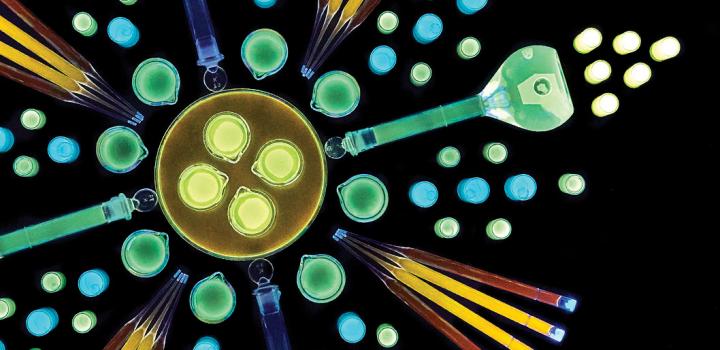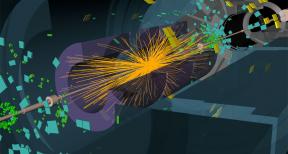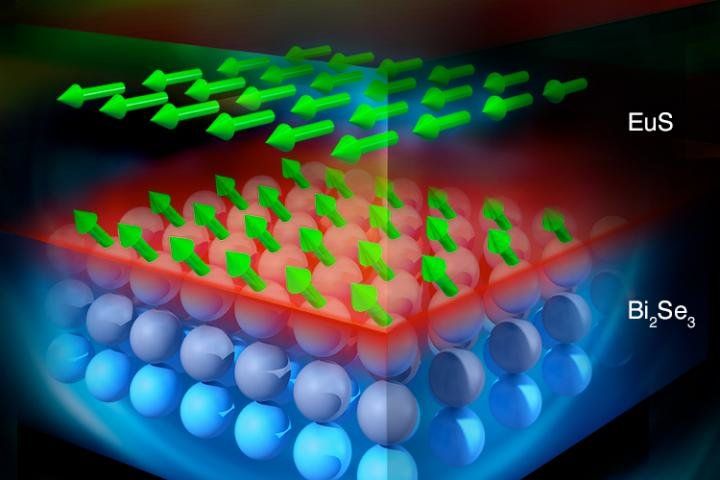May 9, 2016
First single-enzyme method to produce quantum dots revealed
Posted by Karen Hurst in categories: engineering, particle physics, quantum physics, solar power, sustainability
Creating Q-Dots/ QDs (Acronym seems to depend on which reference book, article that you read) more cheaply and efficiently too.
Quantum dots (QDs) are semiconducting nanocrystals prized for their optical and electronic properties. The brilliant, pure colors produced by QDs when stimulated with ultraviolet light are ideal for use in flat screen displays, medical imaging devices, solar panels and LEDs. One obstacle to mass production and widespread use of these wonder particles is the difficulty and expense associated with current chemical manufacturing methods that often requiring heat, high pressure and toxic solvents.
But now three Lehigh University engineers have successfully demonstrated the first precisely controlled, biological way to manufacture quantum dots using a single-enzyme, paving the way for a significantly quicker, cheaper and greener production method. Their work was recently featured in an article in The New York Times called “A curious tale of quantum dots.”
Continue reading “First single-enzyme method to produce quantum dots revealed” »


















